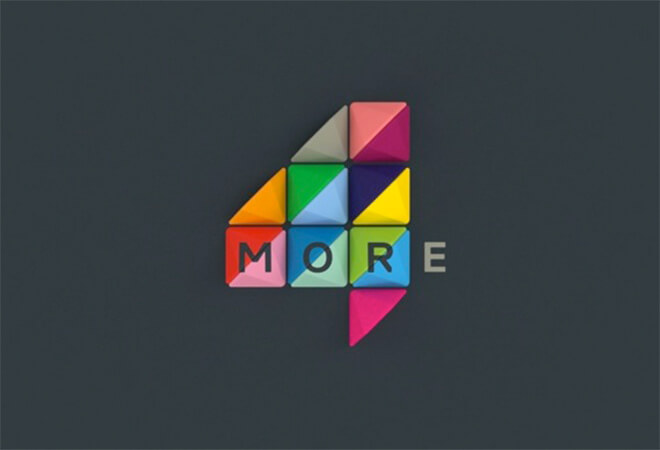Continuing to explore the question, ‘Are Scottish whisky companies staying too conservative with how they are branding in an already saturated market?’ I’ve looked at a hell of a lot of whisky and very few have been as impressive as the feature of today’s blog.
One distillery that takes the question posed and flips it on it’s head is Islay’s own Bruichladdich distillery. One word that is at the heart of this Hebridean distillery’s ethos…’Progressive.’
“We are proudly non-conformist, as has always been the way in these Western Isles – Oirthir Gaidheal, the Coast of the Gaels, the land of the outsider…we believe in innovation and progress, with constantly striving to produce a more characterful spirit, one with more integrity and provenance, one that is more expressive of this wonderful island we are lucky to live on. A spirit to put a smile on your face wherever you are, and to help you close your eyes and quietly dream of Islay.
We are progressive, Hebridean distillers.”
This ethos is delightfully expressed in the company’s branding solutions and packaging designs. Choosing to express a non-conformist image, in a market classically branded with romantic aspects of the Scottish landscape, is a bold, forward thinking ideal that works in positioning Bruichladdich as one of the most distinguishable brands on the market.
Further to the absence of graphics and photography, favouring modern san-serif typographic solutions—one aspect of the distillery’s branding that allows it to occupy this rare position in the market is it’s bold use of colour. It’s not just colour for colour’s sake, it’s a well thought out method in engaging with customers and communicating an important aspect of where the whisky comes from;
“Our blue/green colour – we call it “aqua” – is quite simply the colour of the sea outside the distillery on a bright spring day – we see it a thousand times a day when we look out of the window, and we have never seen the same colour twice. It really is wonderfully enigmatic and fleeting, and we confess to having spent many tens of thousands of pounds in proofing our tins over the years to try and capture that particular shade of aqua exactly – an evocative representation of that capricious light and sea that is such a feature of these Western Isles.”
Singling out just one of Bruichladdich’s packaging solutions to comment on—regarding how they’re using progressive design and print techniques to help them stand out—is difficult as they are all impressive, but there is one range that stands out for me. ‘The Classic Laddie’
The aqua colour has been used as the main feature in this design, giving the bottle some serious shelf presence. A technique very rarely seen in the drinks industry—the bottle itself has been dipped in a lovely matte coating of the distillery’s famous colour, the rich ‘aqua’ paint adhering to the glass to give it a smooth feel in the hand which emotes luxury. Added to this feeling of luxury is the silver foil used to seal in the bottles cork, a nice contrast of materials. The matte finish of the bottle opposes the shelf norm of shiny glass, helping it stand out in the customer’s periphery.
Furthering this distinctive bottle treatment, the well considered typography has been printed in a matte white spot uv, bold but not over-powering. The type provides a different texture providing a nice contrast to the smooth bottle finish.
Progressive print techniques have also been utilised on the range’s tins that house the bottles. They’ve embossed the tin to make a feature of the bold typography—which becomes tangible in the customer’s hand, instilling a feeling of luxury and craft. Other nice touches are they clear spot uv logo emblem—hinting at the distillery’s heritage—which catches light at differing angles. Lastly, the silver foil used for some of the body type—again, providing that hint of class and luxury.
In relation to the question of Scottish distilleries being too conservative, for Bruichladdich, the word ‘conservative’ is obviously absent from their vocabulary. Their story and ethos that leads their bold design choices have truly set them apart from the vast majority of whiskies on the market and I, for one, applaud the results.
Have you seen any Whisky packaging you think I should be looking at or any thoughts on the ones featured? Let me hear your thoughts in the comment section below, thanks!
Eamon






















